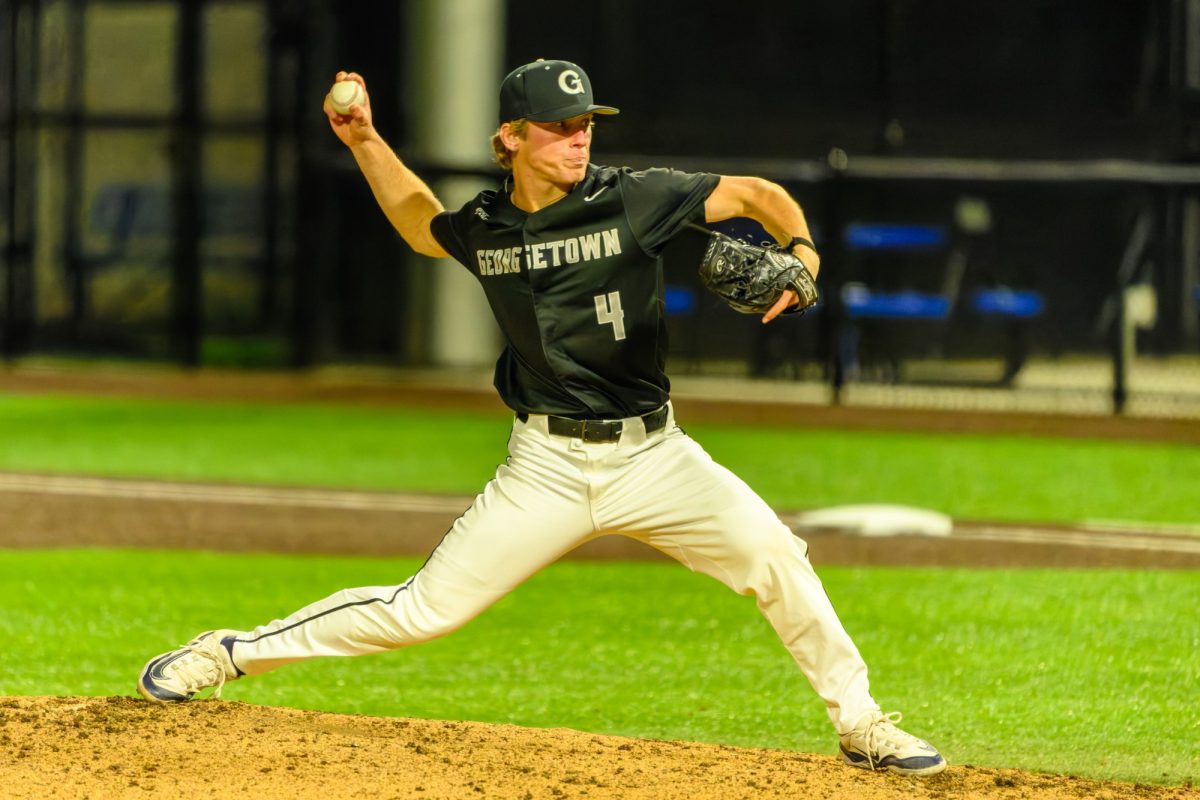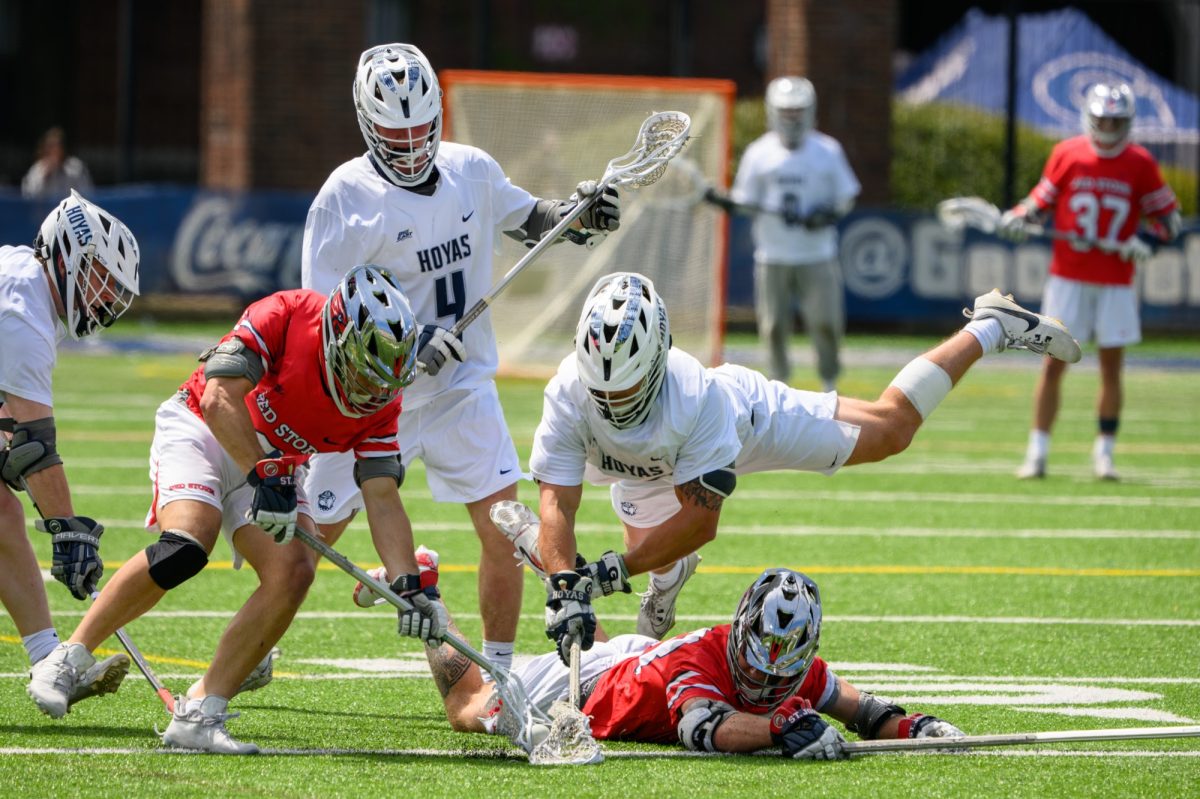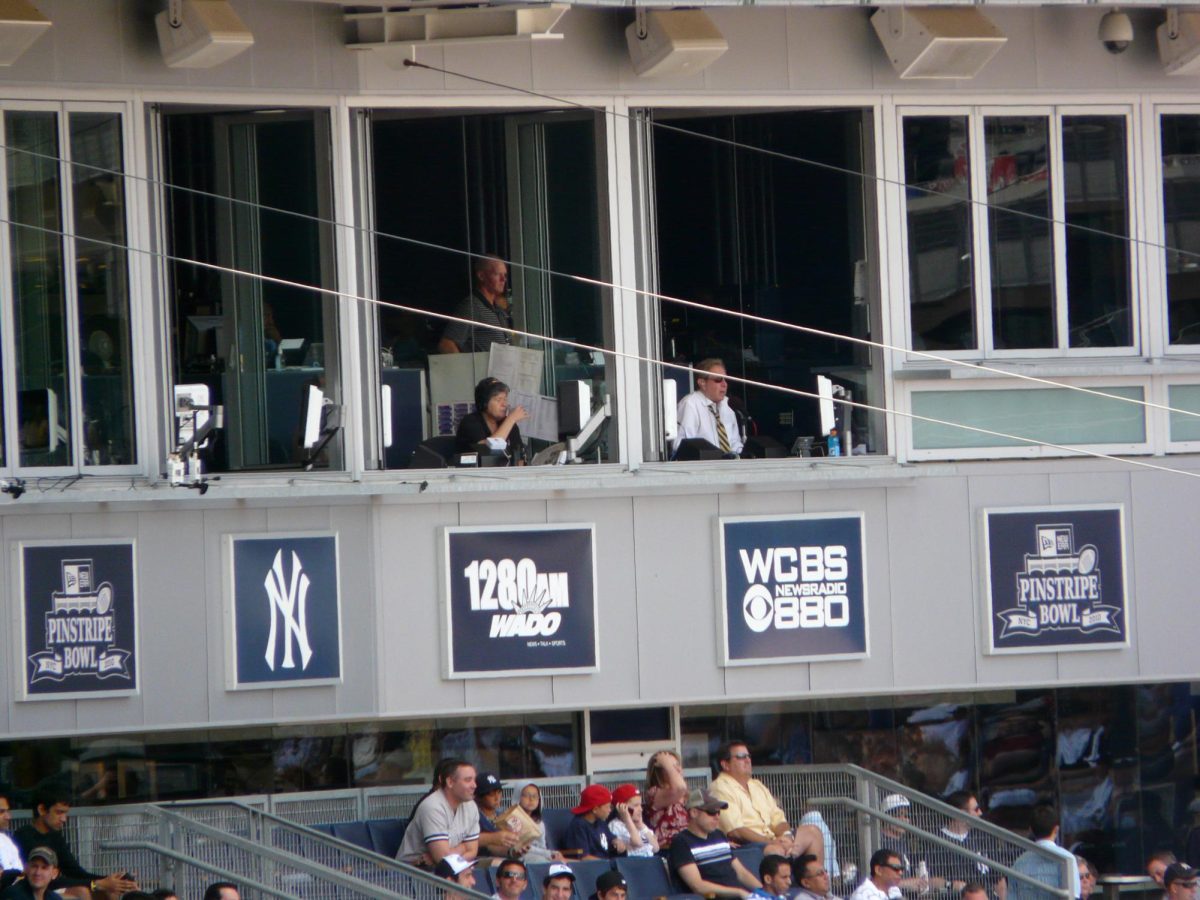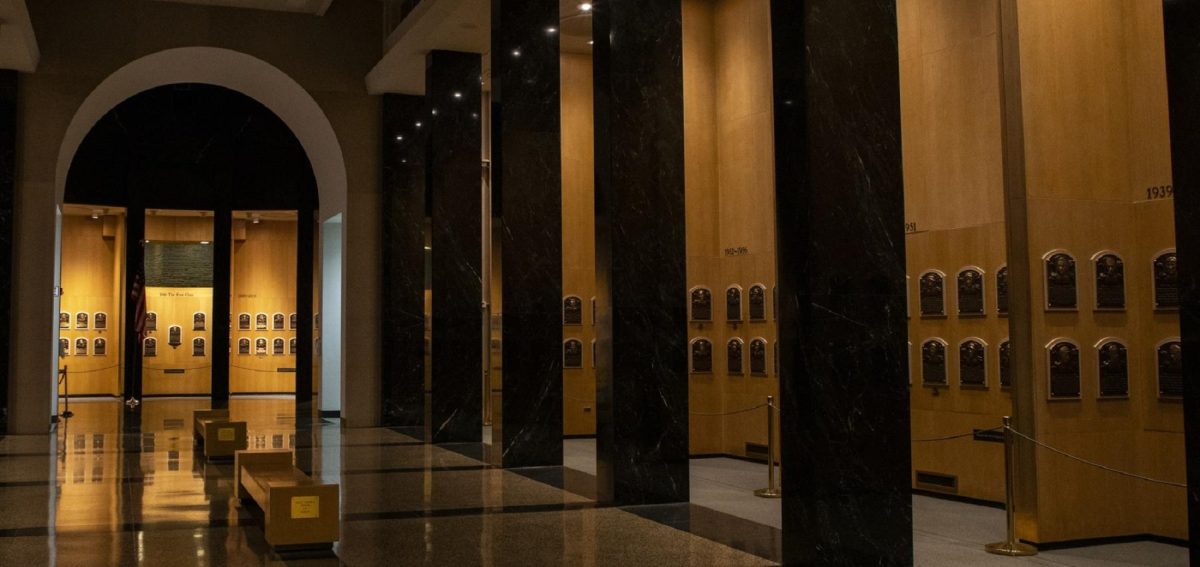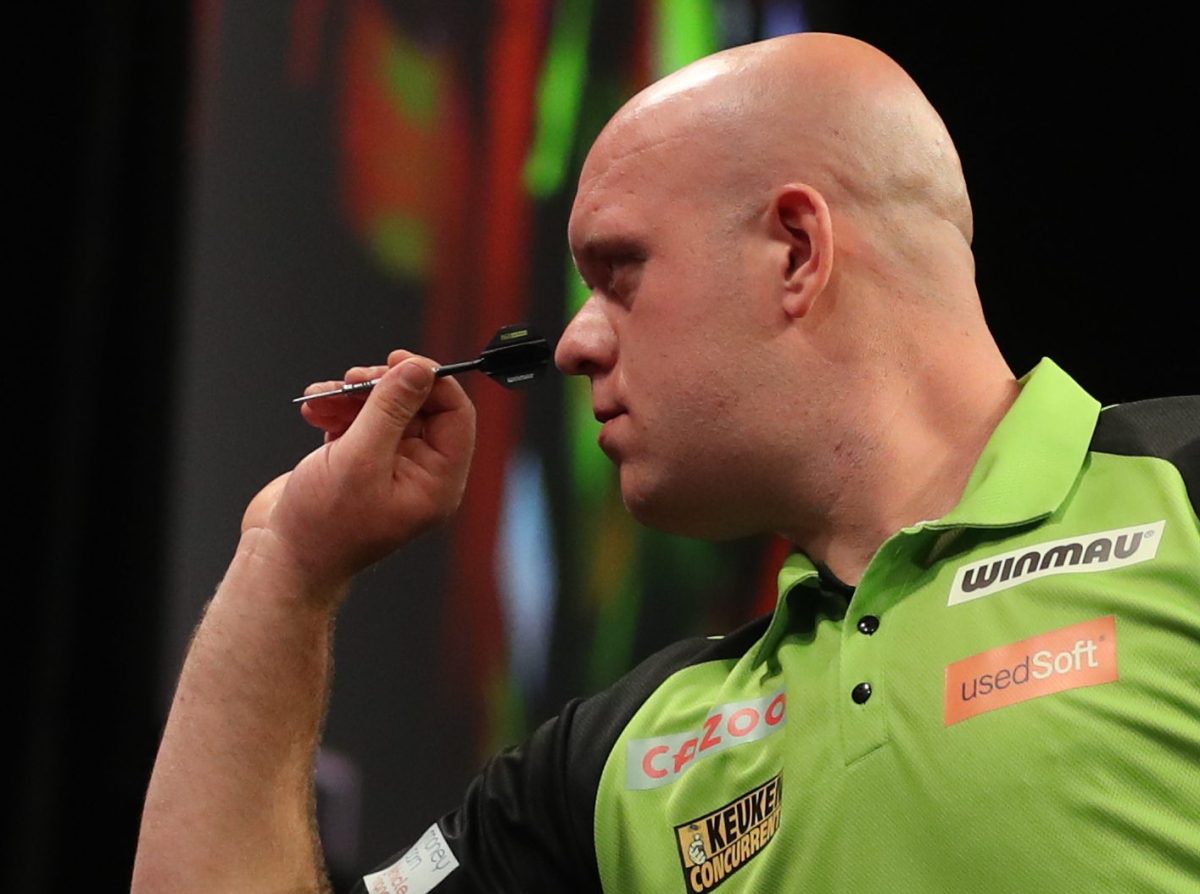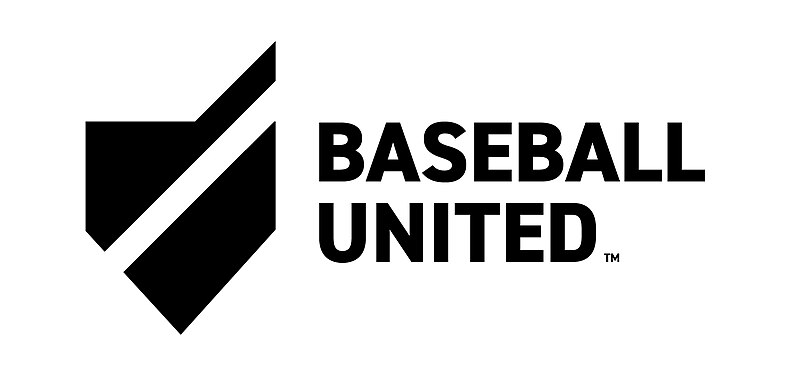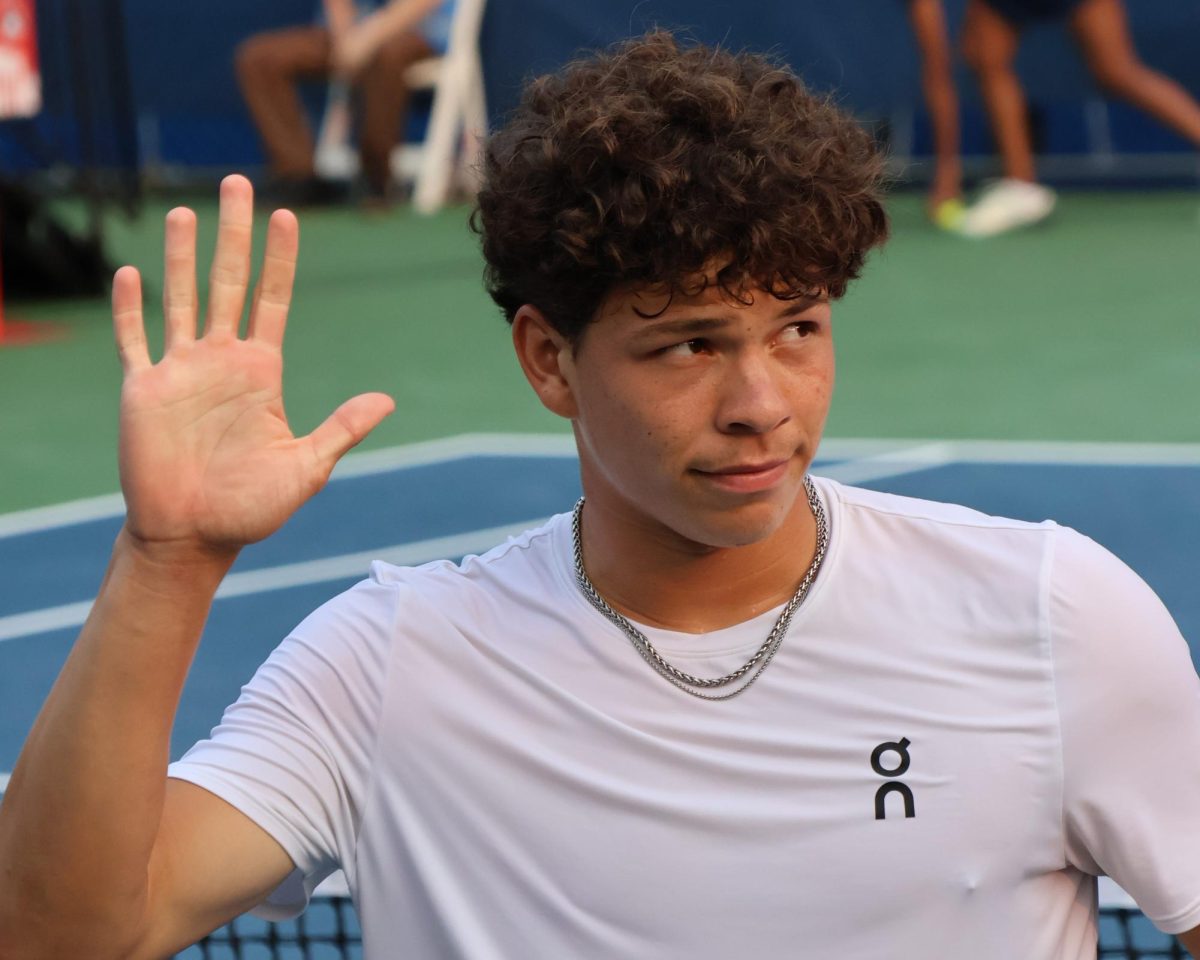The NBA playoff bubble in Orlando, Florida, is, in all likelihood and with the best of luck, a one-off event. Its unlikeness has also offered the NBA the opportunity to experiment with new ideas. While some concepts are impossible to replicate outside of the bubble, others have clearly demonstrated themselves as worthy of becoming permanent fixtures in the NBA.
The most obvious change the NBA can adopt is to make the play-in for the eighth seed a permanent feature of the playoffs. In the bubble, the eighth and ninth seeds in each conference have a play-in series to determine who enters the playoffs as the eighth seed if the teams are within four games of one another. In the Eastern Conference, unfortunately, there was no play-in series. In the Western Conference, however, not only was there a play-in series, but the final regular-season games, which determined who would compete in the play-in, were some of the most exciting competitions of the year. The play-in structure had NBA fans on the edge of their seats watching the Phoenix Suns miraculously go 8-0 in the bubble as they fought to reach the play-in. In the actual play-in game, the Portland Trailblazer Bubble MVP Damian Lillard and Memphis Grizzlies’ Rookie of the Year Ja Morant dueled in a game that was more exciting than many of the actual playoff games.
Some of the components of the bubble that have increased the quality of play are impossible for the NBA to fully replicate, like the intensity of the games and the high energy of individual players. After months off of basketball, many NBA fans feared teams would be rusty and players would be slow to reach their typical late-season form.
There were certainly some signs of rust early in the bubble, but the league’s hiatus allowed players to come back rested, and they are playing at historic levels. Last week, Denver Nuggets point guard Jamal Murray and Utah Jazz shooting guard Donovan Mitchell became the third and fourth players in NBA history to have multiple 50-point playoff games in a playoff series. The only two players ahead of them were Michael Jordan and Allen Iverson, which puts Murray and Mitchell in the presence of legends. They did so against one another, making their duel the highest scoring in playoff history, as they combined for 475 points. As good as Murray and Mitchell are, it is hard to imagine that these unprecedented offensive explosions in a series are a coincidence.
The NBA cannot permanently institute a three-month gap in its season, but it should investigate how it can adjust its schedule to give players more rest, something the NBA has been working toward for the better part of the decade. Not only did players get rest before the season, but they no longer have to deal with the exhaustion of traveling across the country in between games. During the typical NBA season, there are often “scheduled losses,” in which a team’s schedule before the game is so demanding the game is all but decided before the clock even starts.
A lighter schedule would also mitigate a growing issue in the NBA: “load management.” Pioneered by two-time Finals MVP Los Angeles Clippers small forward Kawhi Leonard, star players are often resting on back-to-backs and sporadically throughout the NBA season in order to be well-rested for the playoffs. The games chosen to rest are sometimes some of the league’s marquee matchups, as the players choose to rest in the game they have the lowest chance of winning, as resting stars virtually guarantees a loss. Whether it is done by cutting down on the number of games or extending the season, creating a lighter schedule would help the NBA slow the growing trend of load management and improve the quality of play.
In the NBA’s haste to conclude the regular season, they may have stumbled on gold in the form of a new television schedule. Typically, the NBA only slates games at night, with the exception of Christmas, when games are played all day long, and a few non-football Sundays on ABC. In the bubble, the NBA routinely broadcasted games from noon into the night. There is no reason why the NBA should not take a day of the week, similar to how the NFL is on all day on Sundays, and schedule games starting in the early afternoon to get fans to happily park themselves on the couch for the day. The average fan would be much more likely to watch games if the league had three great games in a row on a Friday afternoon compared to when they are spaced throughout the week. The league could build anticipation for “NBA Fridays,” or something similar, and attempt to make basketball as synonymous with the day as football is with Sundays.
The bubble has been the perfect testing lab for the NBA to remodel its game and further improve its product, and the league should use what it learns and apply it to its future seasons to optimize success.
Austin Barish is a sophomore in the College. The Armchair Analyst appears online every other week.









